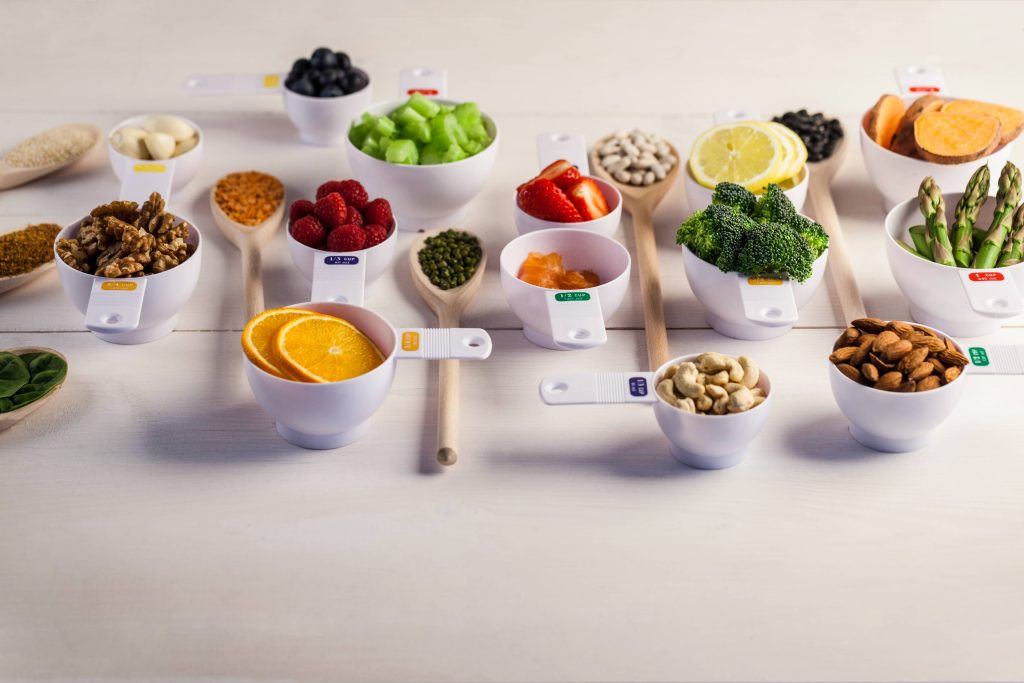
Meal prepping has emerged as a popular trend in the quest to maintain both a healthy lifestyle and an organized home. For families, especially, this can provide not only significant health benefits but also financial savings. Yet, the notion that healthy meal planning is expensive can be a deterrent. Thankfully, with the right strategies, you can deliver nutritious meals to your family without breaking the bank. Here are some tips for budget-friendly family meal prep.
Plan, Plan, Plan
The cornerstone of effective meal prep is planning. Before you do anything else, sit down and map out the meals for the upcoming week. Identify any special ingredients or recipes you need and make a shopping list. Having a plan decreases the likelihood of spontaneous spending or unnecessary item purchases at the grocery store. Additionally, plan your meals around sales, discounts, and what’s in season or on clearance.
Buy in Bulk
Buying in bulk can significantly reduce the cost per ounce, pound, or item, especially for non-perishable goods like grains, pasta, and legumes or for meat and produce you can freeze. Membership to warehouse clubs or buying from the bulk section in grocery stores can result in savings. However, make sure you’re purchasing items you will indeed use, to avoid waste and clutter.
Embrace the Power of the Pantry
A well-stocked pantry is your best friend when it comes to budget-friendly meals. Staples like canned beans, tomatoes, pasta, rice, and spices can make the backbone of many meals. Keep your pantry organized so you know what you have and use it before buying more. Experiment with versatile ingredients that can be used in numerous dishes, such as oats, lentils, and quinoa, to ensure an array of meal options.
Optimize Seasonal Produce
Seasonal fruits and vegetables are not only cheaper but often tastier and more nutritious. Local farmers’ markets or seasonal sales at grocery stores can be excellent places to find these products at a good price. Seasonal produce means lower transportation costs for farmers, leading to lower prices for shoppers. Turn these into salads, stews, or even smooth soups to pack in flavors and nutrition.
Cook in Batches
Batch cooking means preparing a larger quantity of a meal to use over multiple days, effectively saving time and money. For instance, cooking a big pot of chili or soup can last for several meals. Not only does this reduce cooking effort throughout the week, but buying ingredients for one large batch is often cheaper than for multiple small meals.
Maximize Leftovers
Leftovers can be the unsung hero of budget-friendly meal prep. Instead of heaving meal remnants into the trash, reimagine them into new dishes. Roast chicken could become a chicken salad or quesadilla. Excess pasta could be fried up in a noodle stir fry. Approach your fridge with creativity, turning potential waste into delicious meals.
Meatless Days
Incorporating plant-based meals several times a week can have a noticeable impact on your grocery bill. Plant-based proteins like beans, lentils, and tofu are typically more affordable than meat. There’s a wealth of vegetarian dishes available that are both budget-friendly and filling. Introduce meatless Monday or another designated day to explore these nutritious alternatives.
Use Affordable Cuts of Meat
When you do opt for meat, consider cheaper cuts that can be just as delicious if prepared correctly. Slow cooking methods, like stewing or braising, tenderize tougher meats. Pork shoulder, chicken thighs, or beef chuck roast can be transformed into mouth-watering dishes when cooked slowly with aromatic seasonings.
Freeze Smart
Your freezer can be your best ally in managing both food waste and your budget. Cooked meals in bulk can be portioned into freezer-safe containers for quick meals throughout the month. Moreover, frozen produce is often as nutritious as fresh and usually cheaper. You can use frozen fruits for smoothies or frozen vegetables in stews and stir-fries – easy and healthy solutions that save money.
DIY Snacks and Sides
Pre-packaged snacks and sides can be tempting for their convenience, but the markup on these items is often very high. Instead, consider prepping your snacks from scratch. Air-popped popcorn, homemade granola, or fresh-cut veggies with hummus are much more economical options. Not only will you avoid preservatives, but you’ll also free up budget for other essentials.
Weekly Inventory Checks
Regularly going through your pantry and fridge allows you to use up what’s nearing its expiration. Knowing what you have ensures products are used in a timely manner, minimizing food waste and prompting you to plan your next shopping trip based on what you truly need.
Involve the Family
Getting your family involved in meal planning and prep can make the process more enjoyable and less burdensome. Children can help wash veggies or portion out snacks, while older kids can assist with cooking simple recipes. This can also be an invaluable opportunity to educate your family about nutrition and budget management.
Conclusion
Improving your family’s diet doesn’t have to come with a high price tag. With strategic planning, wise purchasing decisions, and creative cooking methods, you can prepare healthy, tasty meals that stay within budget. By following these tips for budget-friendly family meal prep, you’ll build a routine that saves time, money, and perhaps most importantly, stress. In doing so, you create an environment where healthy eating becomes a sustainable and pleasurable family habit.










